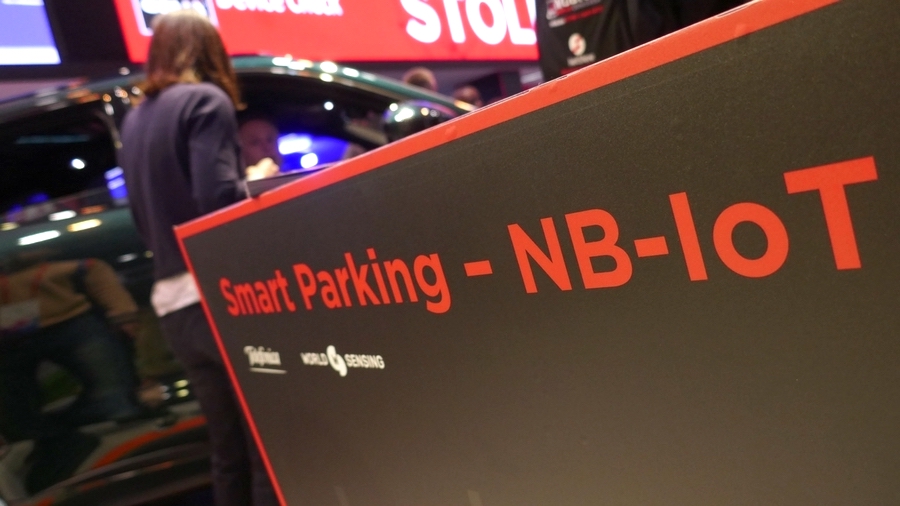INSUBCONTINENT EXCLUSIVE:
Just a few years ago Vodafone was publicly voicing its frustration at the lack of urgency in finalising the standard for Narrowband-IoT
(NB-IoT), arguing that a Low Power Wide Area Network (LPWAN) technology, mobile operators would lose out to Wi-Fi, Bluetooth and Sigfox in
the battle to connect the Internet of Things (IoT).Fast forward to 2018 and the operator has deployed NB-IoT networks in nine countries and
Vodafone is expected 16 to launch by the end of the year and wants to upgrade all of its 4G masts by 2020.And there is broad industry
support with more than 35 networks using the technology worldwide and France and Switzerland are the only European countries without a
launch date.Meanwhile the GSMA has stated that NB-IoT and LTE-M will both be essential components of 5G in connecting IoT and has urged
mobile operators to offer services and products, not just connectivity, if they want to capture some of the $1.1 trillion market opportunity
available by 2025.Vodafone IoTNot that Vodafone needed to be told
It has invested significantly in its IoT business, growing from around 100 users in 2011 to 68 million IoT connections, with revenue growing
at a rate of 17 per cent a year and average data consumption rising to the tune of 44 per cent.Traditional revenue streams are being
threatened by over the top (OTT) services, intense competition and regulatory changes, and some are concerned their networks could become
advice and access to the services they need
This increases the margins available when it comes to IoT, and is why the company is working at fostering an ecosystem, including innovative
widely accepted that the IoT will be connected via a number of several different technologies, depending on the needs of the customer
For example, 5G will provide the capacity and low latency needed for the Industrial Internet of Things (IIoT), while 2G and 3G have been
Fixed connectivity is essential for the bandwidth, while satellite will provide resiliency to sites.Although mobile networks can obviously
provide the coverage needed to connect remote IoT assets, many of these only need to transmit a small quantity of data and require a long
battery life for them to be cost effective
found in the oil and gas, education, health and utilities industries among others, while it has been working with partners in the hardware
space to help provide visibility and reach potential customers.However, Armer argued that Vodafone was looking beyond technology and at
5G with super-fast mobile broadband speeds, it will also serve a variety of use cases often with diametrically opposed requirements such as
and LTE-M networks are already delivering trusted connectivity today to millions of devices around the world, and these networks will

